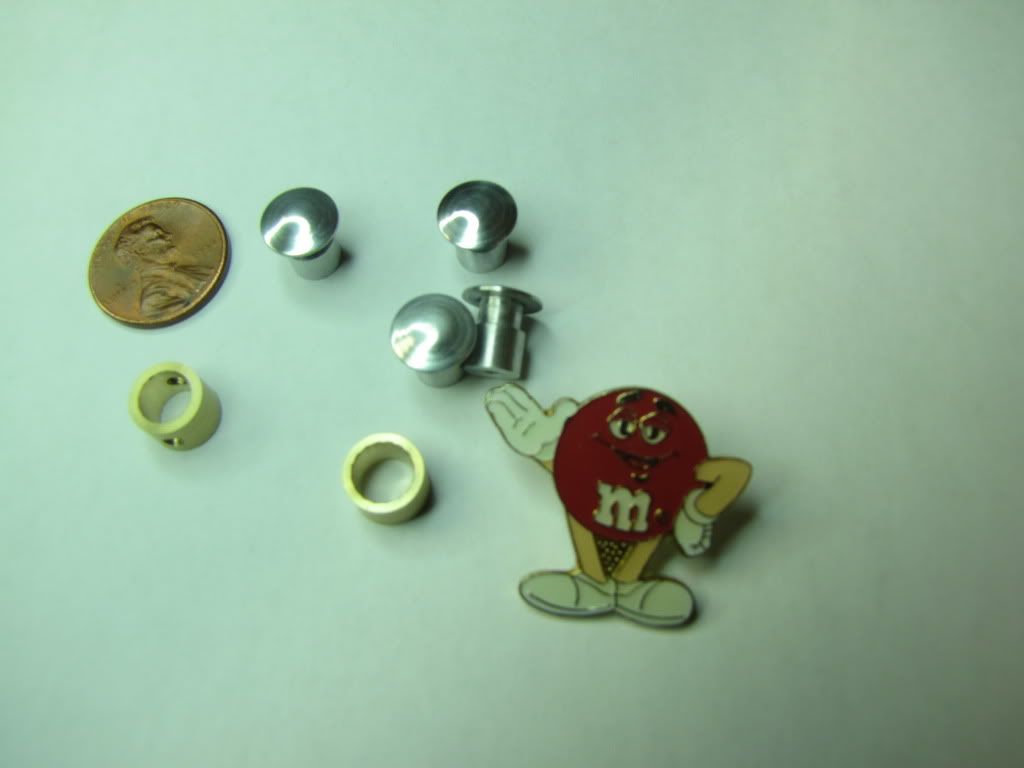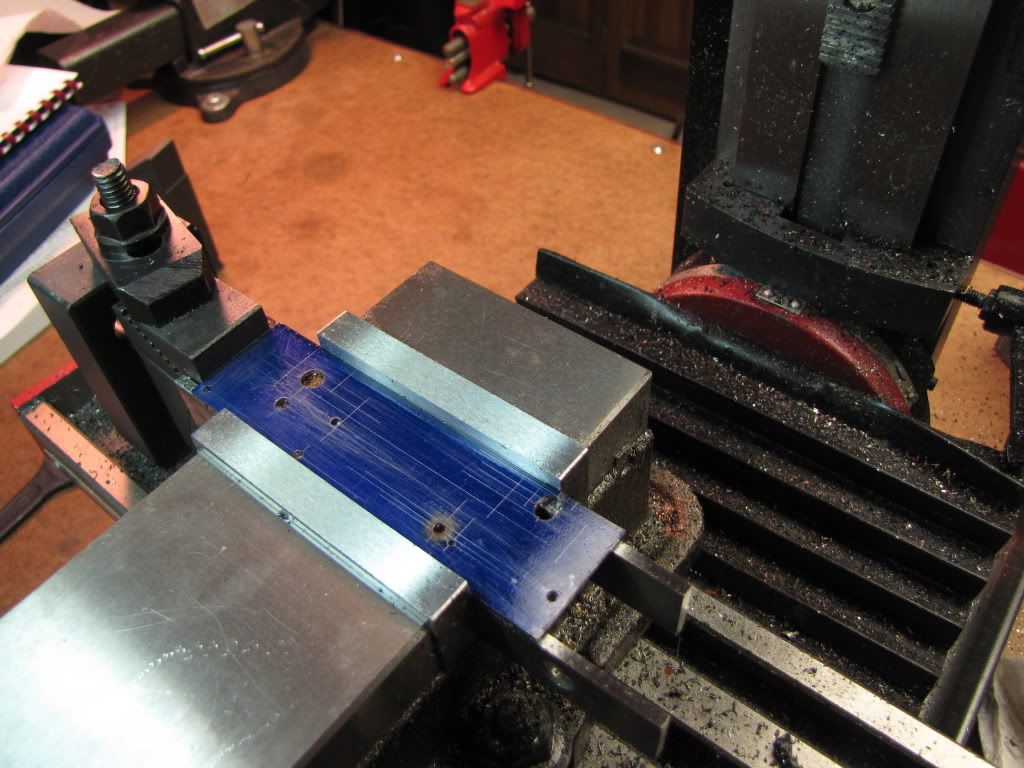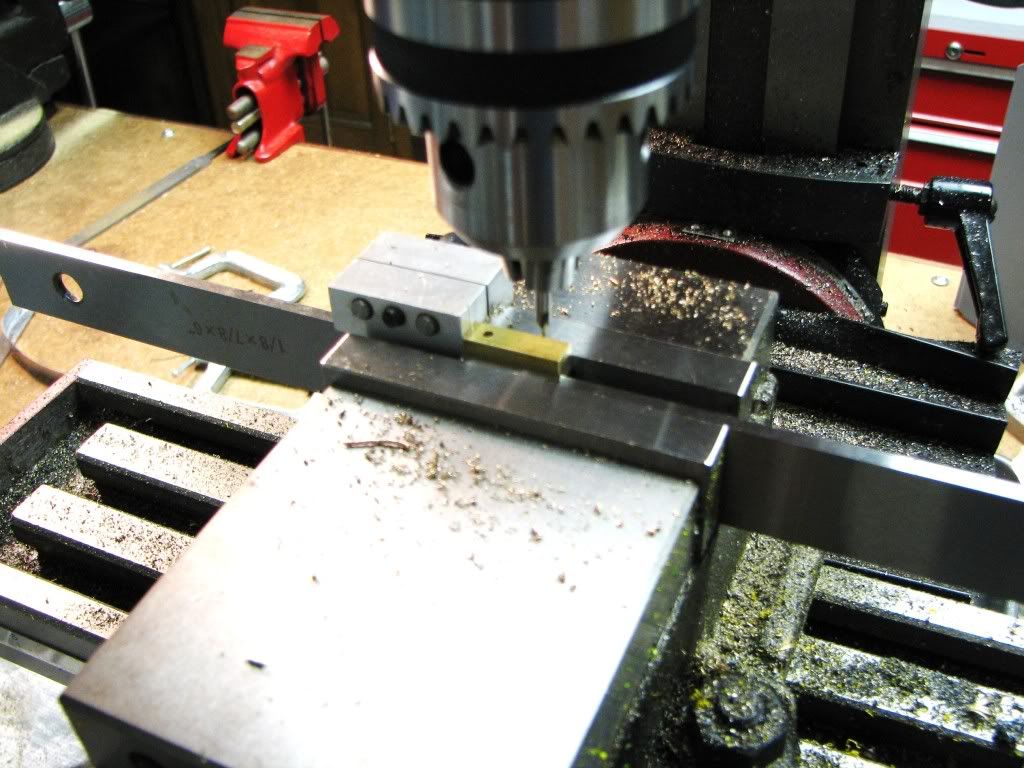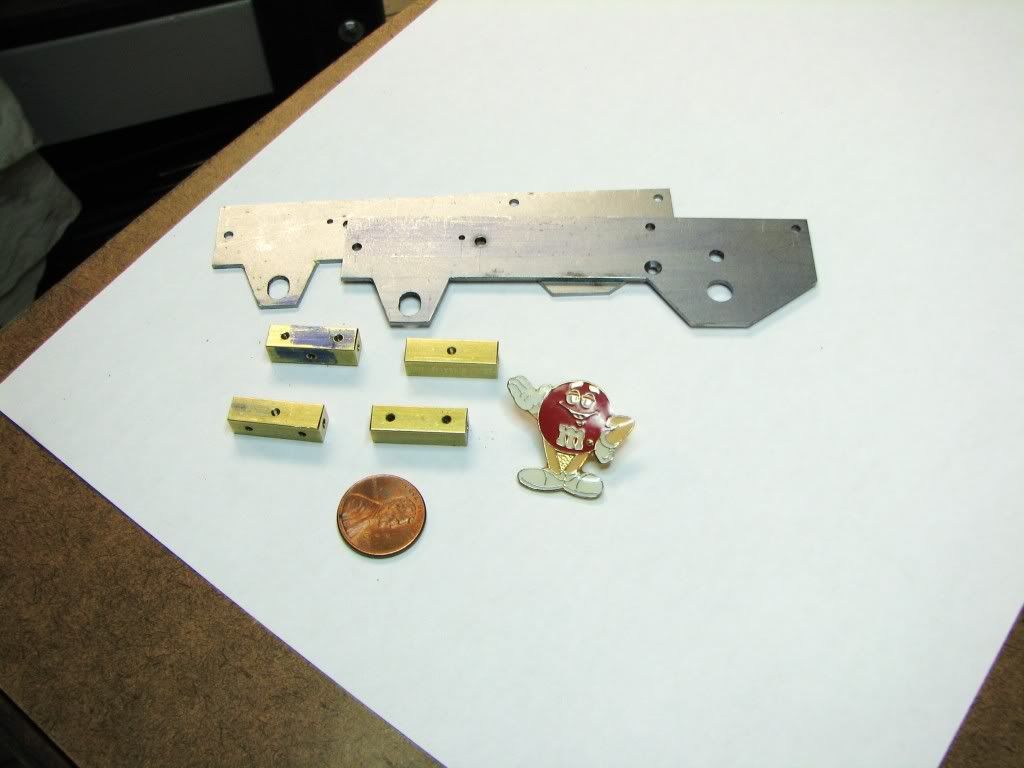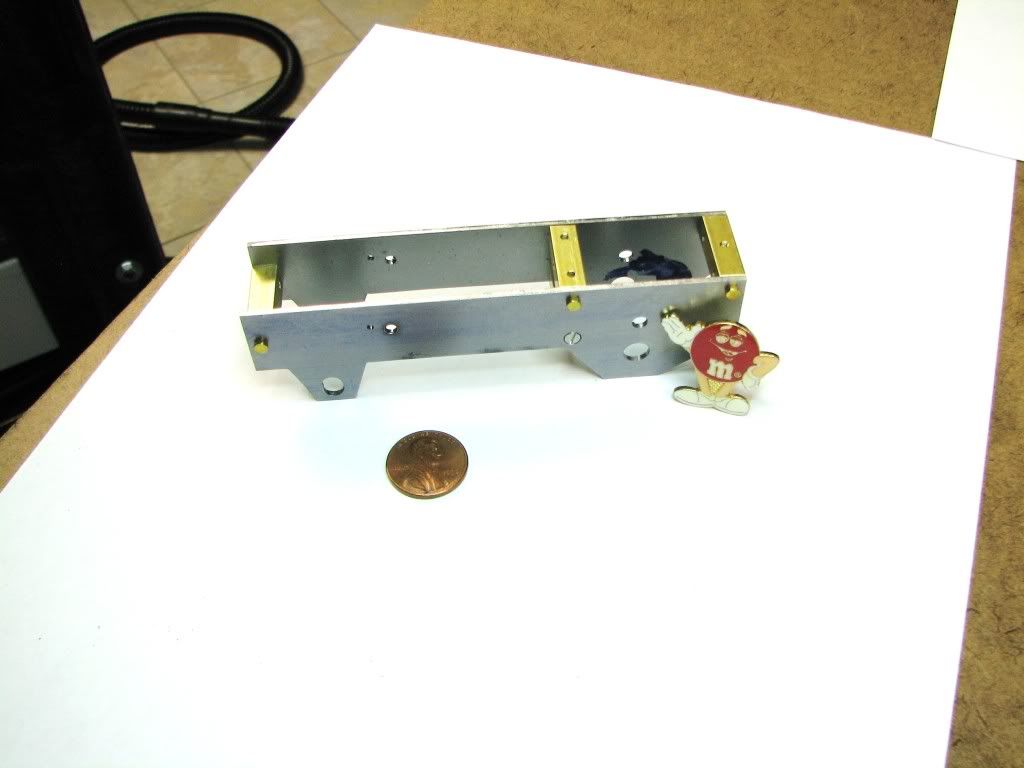DavesWimshurst
DavesWimshurst
- Joined
- Dec 7, 2008
- Messages
- 102
- Reaction score
- 3
Zee,
After much searching I found the original magazine articles. Feb,Mar and Apr 1976 Live steam.
The boiler shell is specified as 1 1/4 inch od with a 0.035" wall. The end caps are specified as 1/32 inch brass. The brass ends are annealed and hammered into shape over aluminum formers using a soft faced hammer and working in several stages with annealing at each step. The safety valve is set at 10 psi according to the magazine article.
It's a very tame banshee, at least mine were. Of course I was a rank beginner when I made the pair.
The alcohol burner wicks can give some control over the speed and can be blown out to stop it (so the article says.) I guess now I'll have to get it going again, I think my safety valve is leaky.
I may remember more later. Ask if I'm unclear.
Have fun with it.
Dave
After much searching I found the original magazine articles. Feb,Mar and Apr 1976 Live steam.
The boiler shell is specified as 1 1/4 inch od with a 0.035" wall. The end caps are specified as 1/32 inch brass. The brass ends are annealed and hammered into shape over aluminum formers using a soft faced hammer and working in several stages with annealing at each step. The safety valve is set at 10 psi according to the magazine article.
It's a very tame banshee, at least mine were. Of course I was a rank beginner when I made the pair.
The alcohol burner wicks can give some control over the speed and can be blown out to stop it (so the article says.) I guess now I'll have to get it going again, I think my safety valve is leaky.
I may remember more later. Ask if I'm unclear.
Have fun with it.
Dave





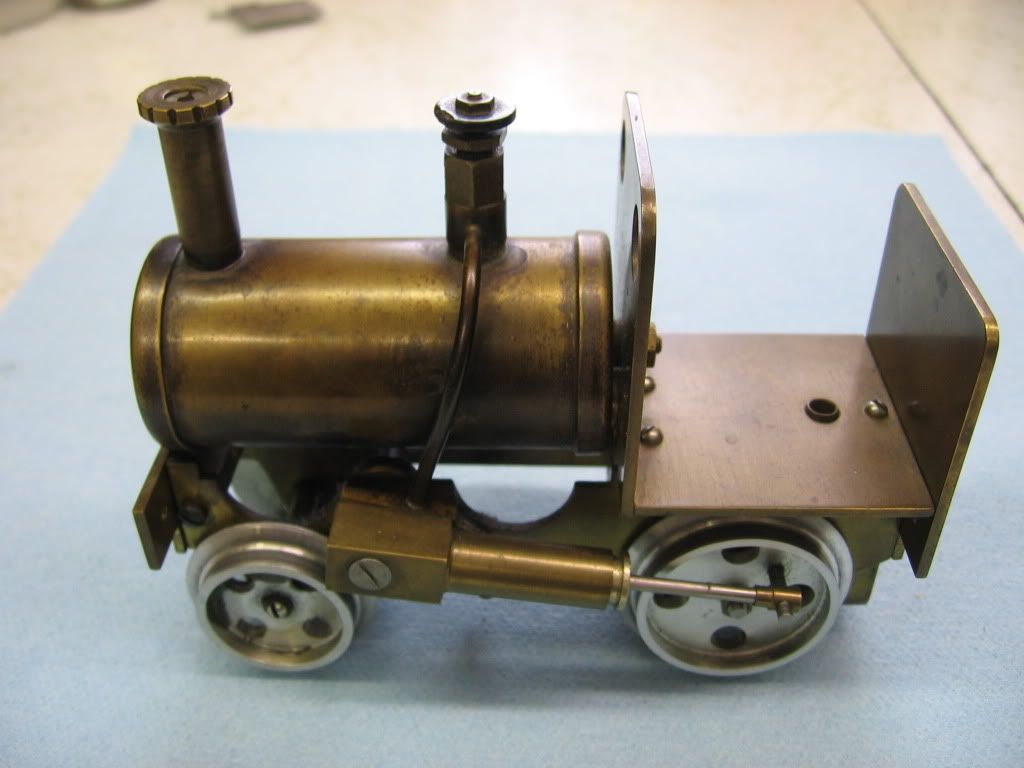



















![DreamPlan Home Design and Landscaping Software Free for Windows [PC Download]](https://m.media-amazon.com/images/I/51kvZH2dVLL._SL500_.jpg)










![MeshMagic 3D Free 3D Modeling Software [Download]](https://m.media-amazon.com/images/I/B1U+p8ewjGS._SL500_.png)
























